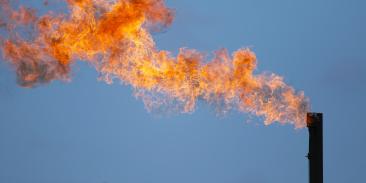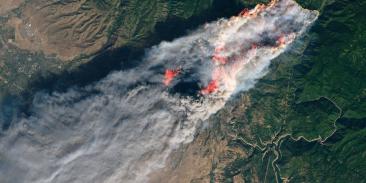New Report Documents Haze In National Parks, Calls On EPA To Issue Strong Rule By June 15 Deadline
<?xml:namespace prefix = o ns = “urn:schemas-microsoft-com:office:office” />
(14 June 2005 — <?xml:namespace prefix = st1 ns = “urn:schemas-microsoft-com:office:smarttags” />
The report’s release coincides with the June 15 deadline in a court-ordered settlement agreement with Environmental Defense. The agreement requires the U.S. Environmental Protection Agency (EPA) to issue clean up guidelines for high-polluting power plants and industrial sources of haze air pollution in protected national parks such as Acadia, Canyonlands, Glacier, Grand Canyon, Great Smoky Mountains,
“Rising pollution across the interior West casts a haze over our nation’s grand vistas, ” said Environmental Defense senior scientist Dr. Jana Milford. “The pollution threatens human health, and harms forests and water bodies that are essential to a healthy environment. Cost-effective solutions are at hand to curb rising pollution and protect western air quality.”
More than a quarter century ago, as part of the 1977 Clean Air Act amendments, Congress declared as a national goal the restoration of clear vistas in premier national parks and wilderness areas. The program was designed to protect great American natural legacies. Unfortunately, in the interior West, which is home to many of these acclaimed areas, progress toward the Clean Air Act’s goal has been sluggish or unavailing.
Clearing the Haze in Western Skies highlights the pivotal opportunity before EPA to finalize, on June 15th, emission guidelines at coal-fired power plants and other industrial sources that contribute to the air pollution in the West’s national parks. The report shows the national parks and monuments with worsening air quality, the number of industrial sources potentially affected by EPA’s forthcoming guidelines and the associated pollution levels from these sources. States nationwide will use the impending EPA guidelines to develop plans, due to EPA by December 2007, that demonstrate progress toward restoring natural visibility conditions.
The EPA guidelines will apply to 26 categories of industrial sources constructed between 1962 and 1977. These include power plants, industrial boilers, smelters, refineries, chemical facilities, cement plants, and pulp and paper mills. EPA’s final rule will address two central issues: (1) the relationship that must be established between industrial facilities and haze at national parks to subject sources to clean up standards; and (2) the establishment of specific clean up standards for haze-forming sulfur dioxide and oxides of nitrogen from large coal-fired power plants.
Environmental Defense, a leading national nonprofit organization, represents more than 400,000 members. Since 1967, Environmental Defense has linked science, economics, law and innovative private-sector partnerships to create breakthrough solutions to the most serious environmental problems.
With more than 3 million members, Environmental Defense Fund creates transformational solutions to the most serious environmental problems. To do so, EDF links science, economics, law, and innovative private-sector partnerships to turn solutions into action. edf.org
Latest press releases
-
Groups File Lawsuit Challenging Trump EPA’s Delay of Protections Against Oil and Gas Methane Pollution
July 31, 2025 -
New study shows how sectoral emissions shape today’s warming and tomorrow’s risks
July 30, 2025 -
EPA Administrator Zeldin Delays Commonsense Methane Pollution Protections
July 29, 2025 -
NEW: U.S. Government’s Own Analysis Shows Repealing Tailpipe Pollution Standards Will Sharply Increase Gasoline Prices
July 29, 2025 -
Trump Administration Tries to Eliminate Endangerment Finding, Clean Car and Clean Truck Standards
July 29, 2025 -
Illinois Approves Electric Rate Encouraging Use of Clean Affordable Energy
July 28, 2025










